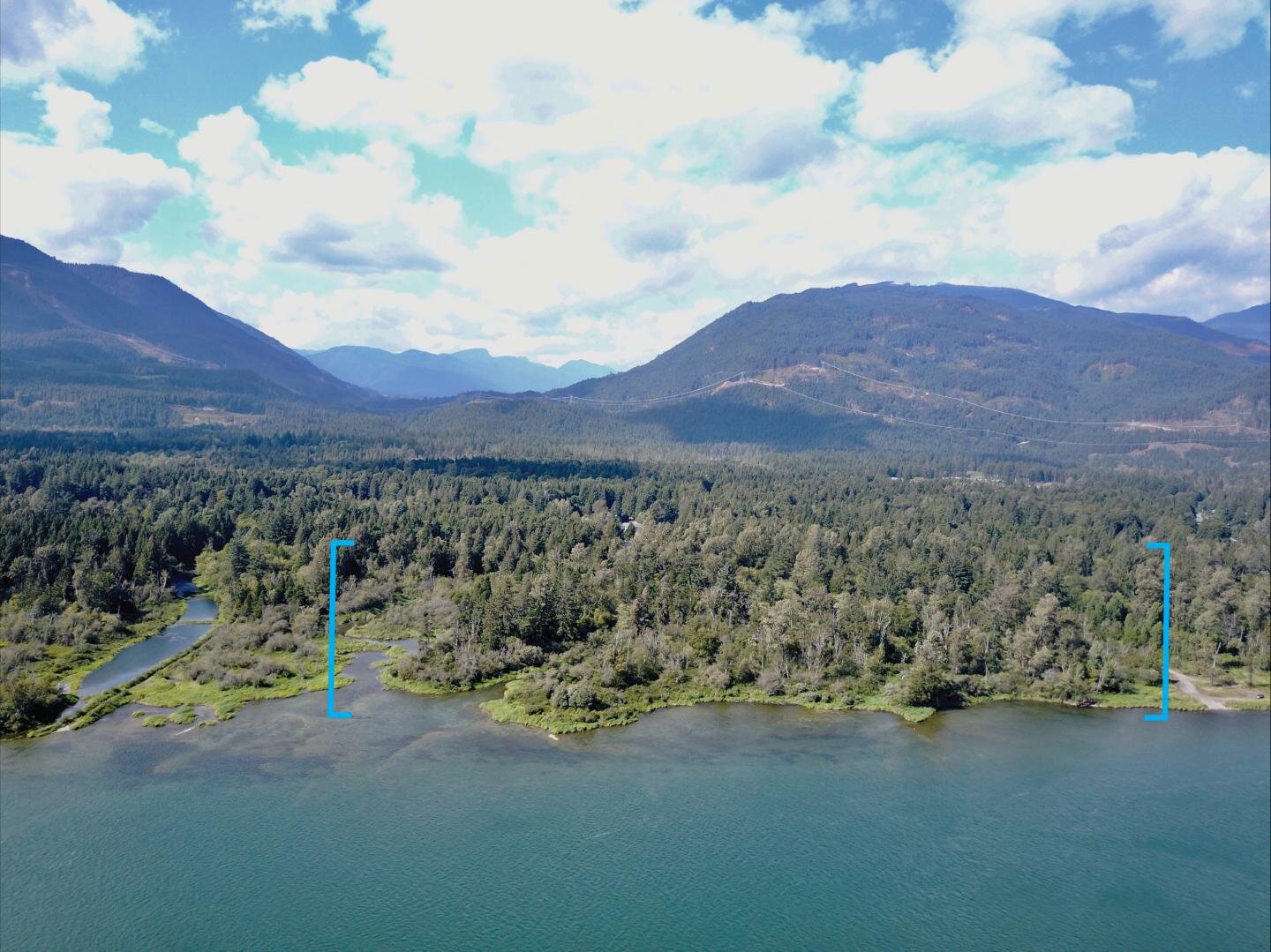Anthropology
Related: About this forumSeeing the garden through the trees: The Indigenous forest gardens of coastal B.C.
The discovery of the 150-year-old Ts’msyen and Coast Salish garden sites — and their still-booming biodiversity — could provide fresh inspiration for both land management and food security solutions

Aerial shot of a Sts'ailes forest garden site. (Photo: Courtesy Chelsey Armstrong)
Previous
Next
By Thomas Lundy
May 21, 2021
Surrounding the sites of long-uninhabited villages, dotted along the winding salmon-spawning rivers and marine inlets of coastal B.C. and shrouded by tall western hemlocks are the remnants of the lush, life-giving gardens of the Coast Salish and Ts’msyen. Once planted as bountiful food sources to entire communities, the gardens included a diverse array of fruits, nuts and berries. But they fell out of use when Indigenous communities were devastated by European disease and colonization. One hundred and fifty years later, they may be hard to find — but they are far from gone, far from forgotten.
When an archaeologist gets to an excavation site, the first thing they do is strip the ground of vegetation, clearing the area to begin digging. They’re in search of tools, relics and other manmade objects. They rarely pay attention to the plants.
“Archeologists are horrible botanists,” says Chelsey Armstrong, archaeologist and historical ecologist at Simon Fraser University.
To Armstrong and her team, however, plants — and their historical relationship with human communities — are a key study area that helps answer bigger societal questions around Indigenous rights and titles, climate change, and resource use and management.
One example of this relationship — forest gardening — has been known and practiced in some form by Indigenous groups around the world since prehistoric times. Scientists are beginning to realise that a lot of forests that were often seen as wild aren’t. This understanding is thanks to Indigenous communities that retain the knowledge that these forests were, and are, often managed places, according to Armstrong.
More:
https://www.canadiangeographic.ca/article/seeing-garden-through-trees-indigenous-forest-gardens-coastal-bc
Atticus
(15,124 posts)jeffreyi
(2,054 posts)Highly recommended: Tending the Wild, by Kat Anderson. It's not what you do, it's how you do it.